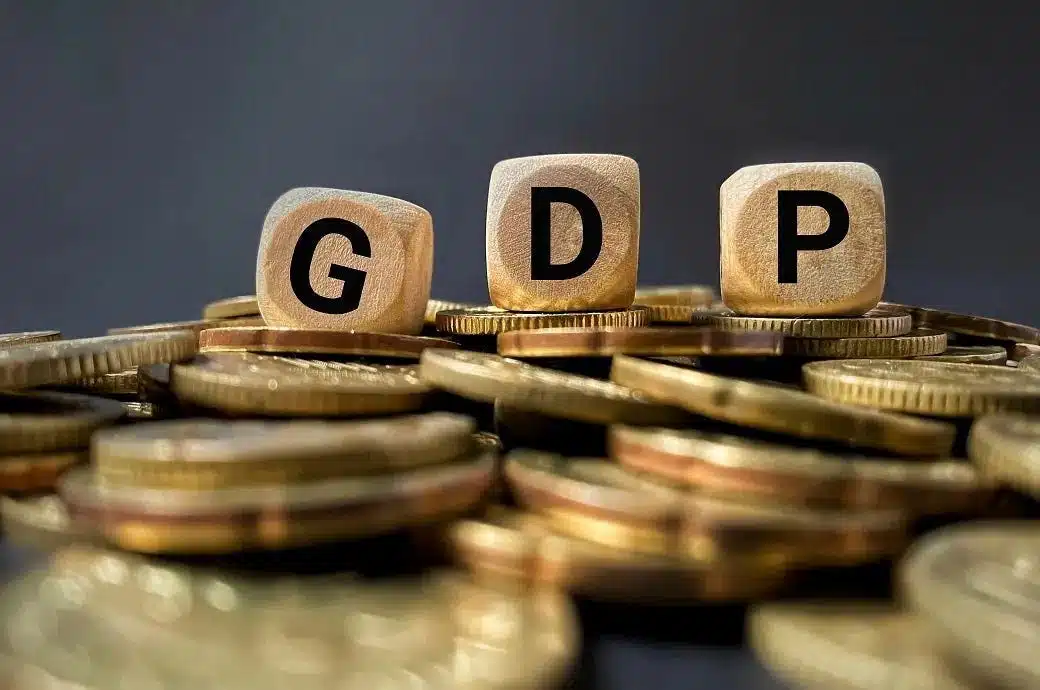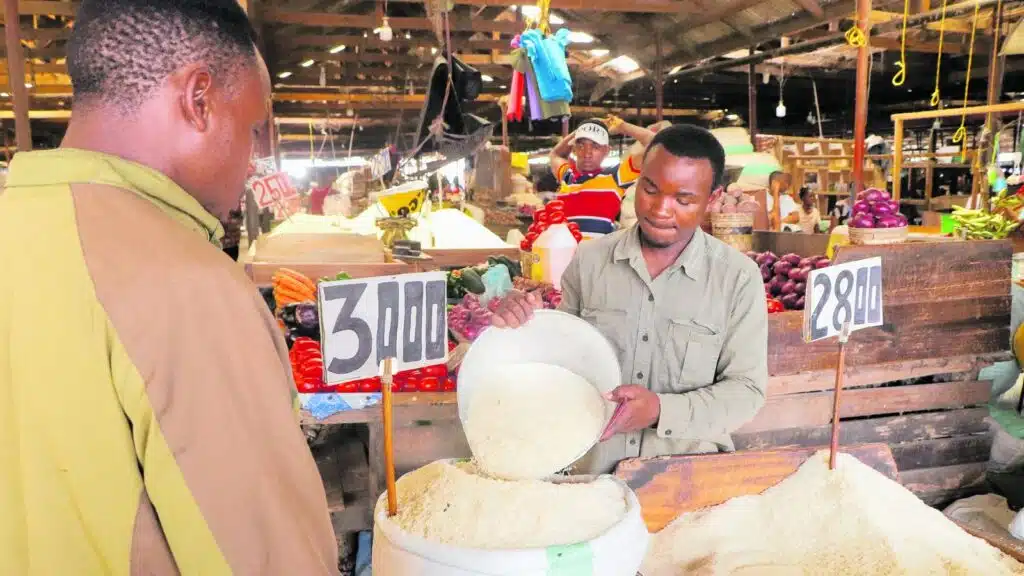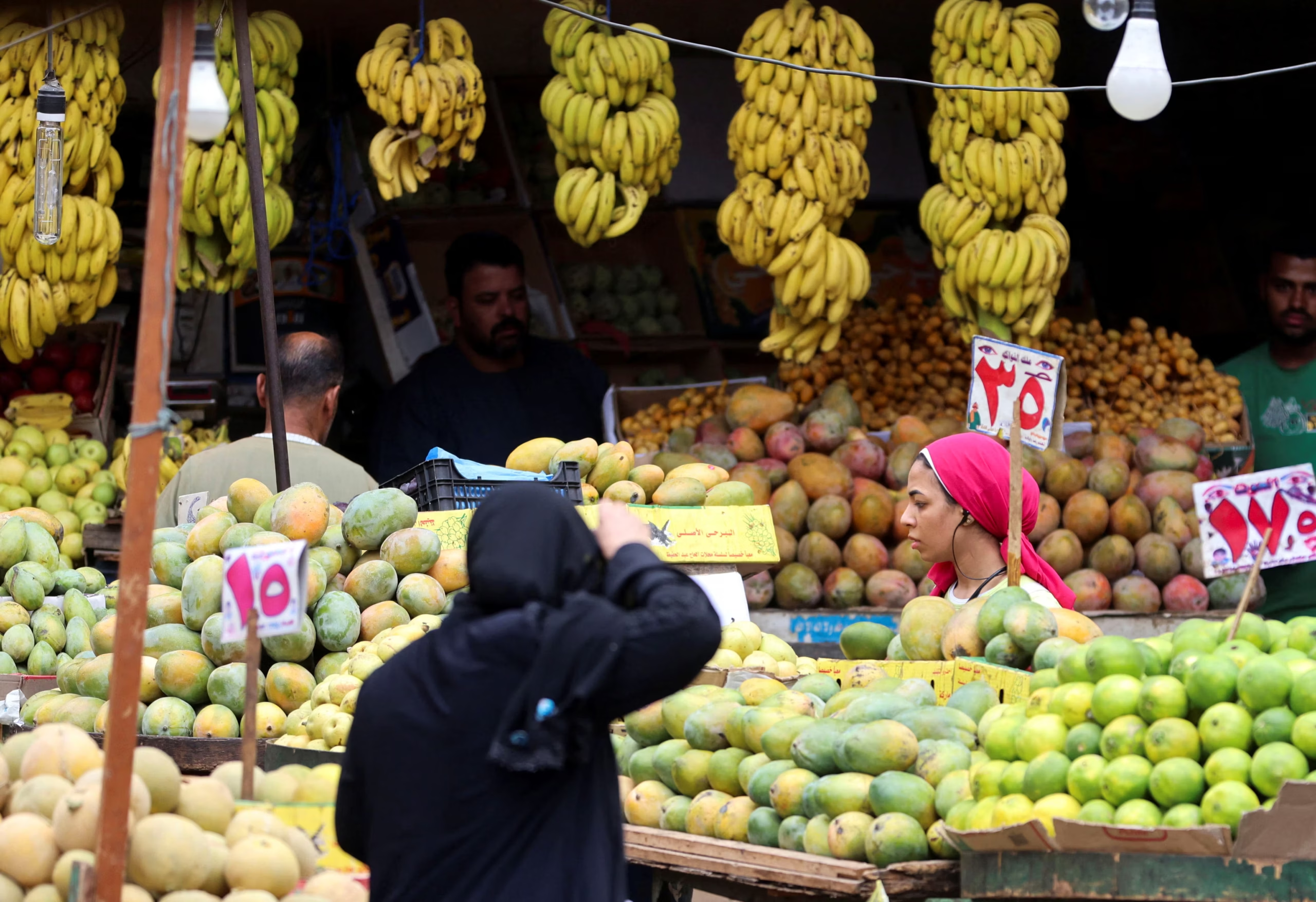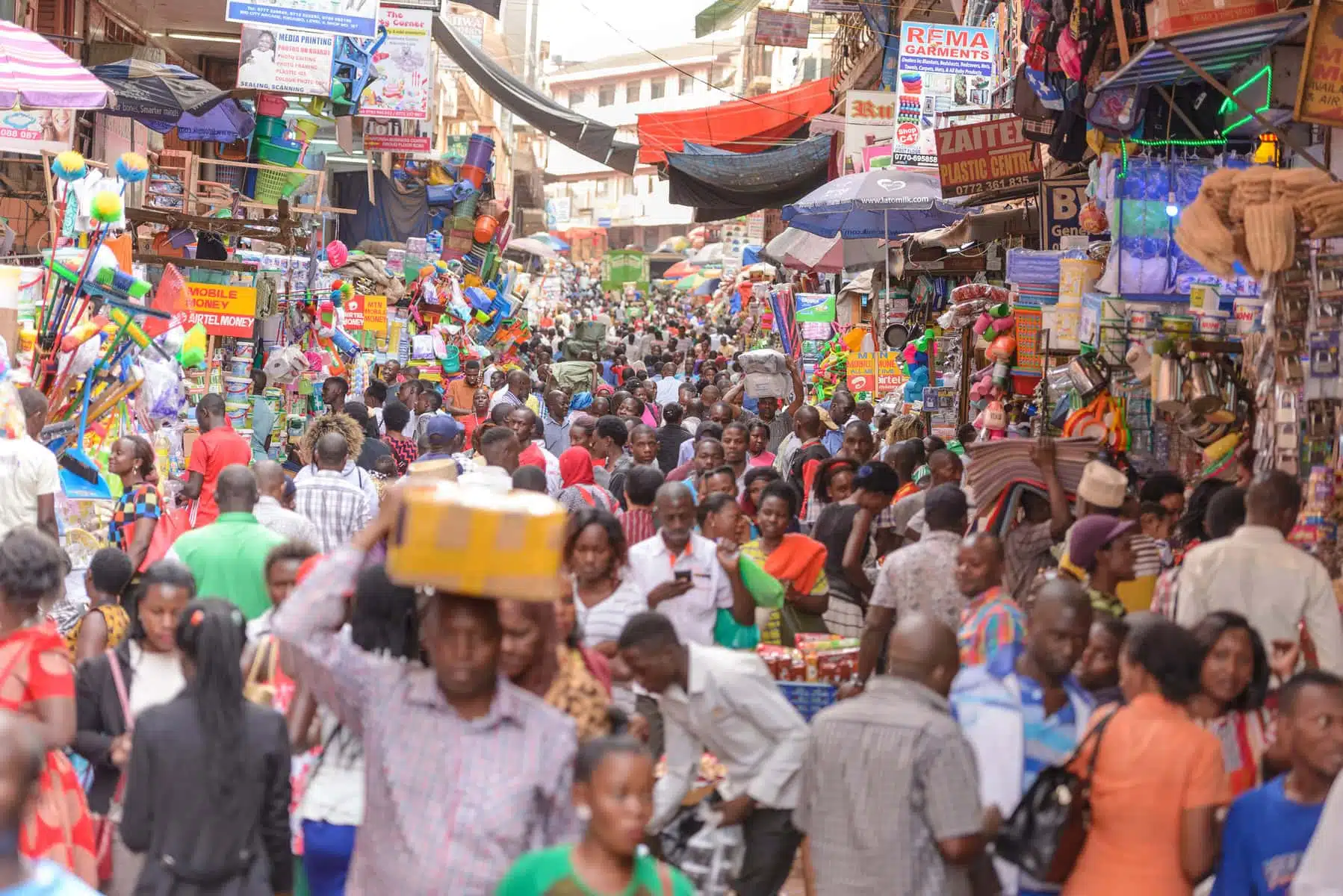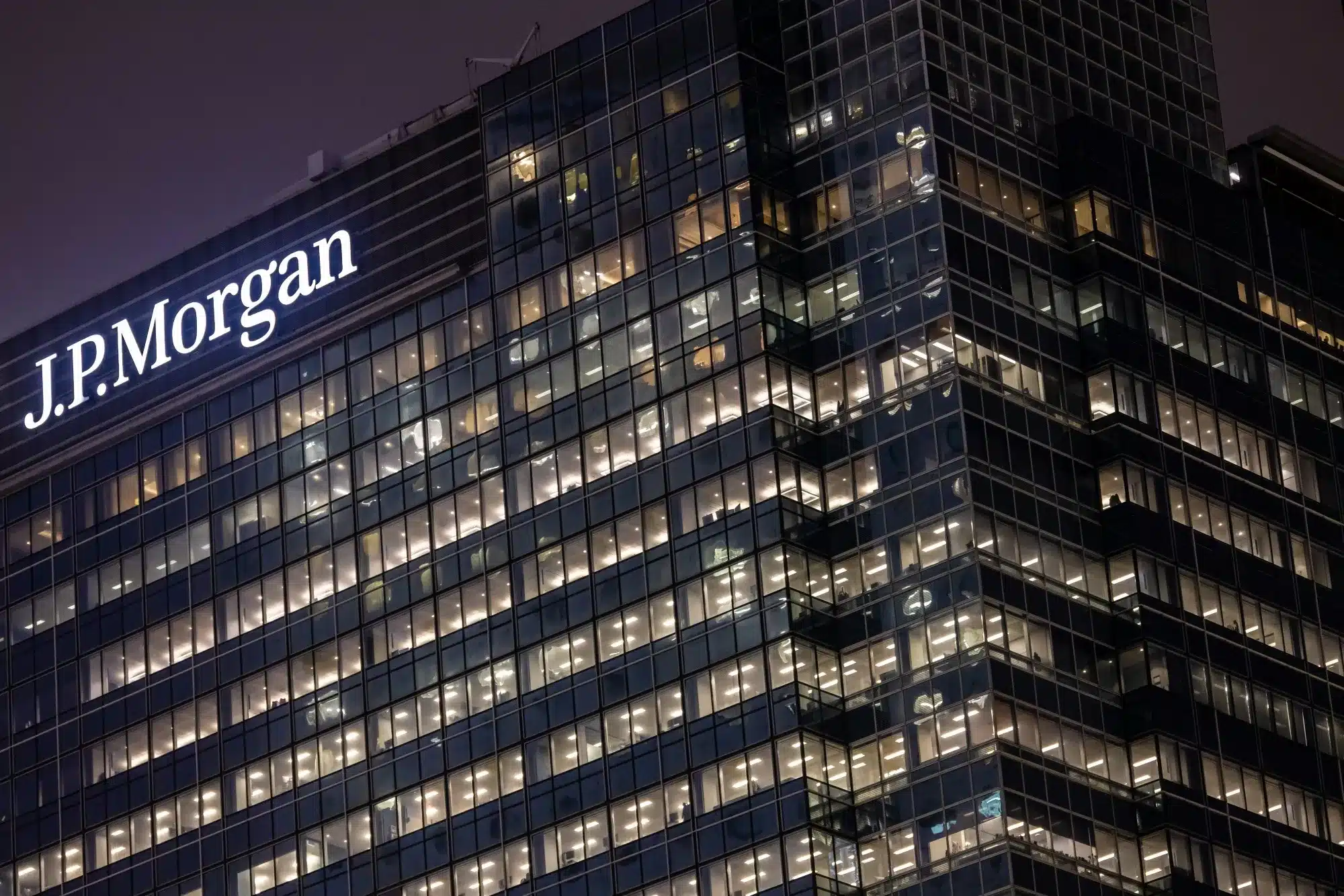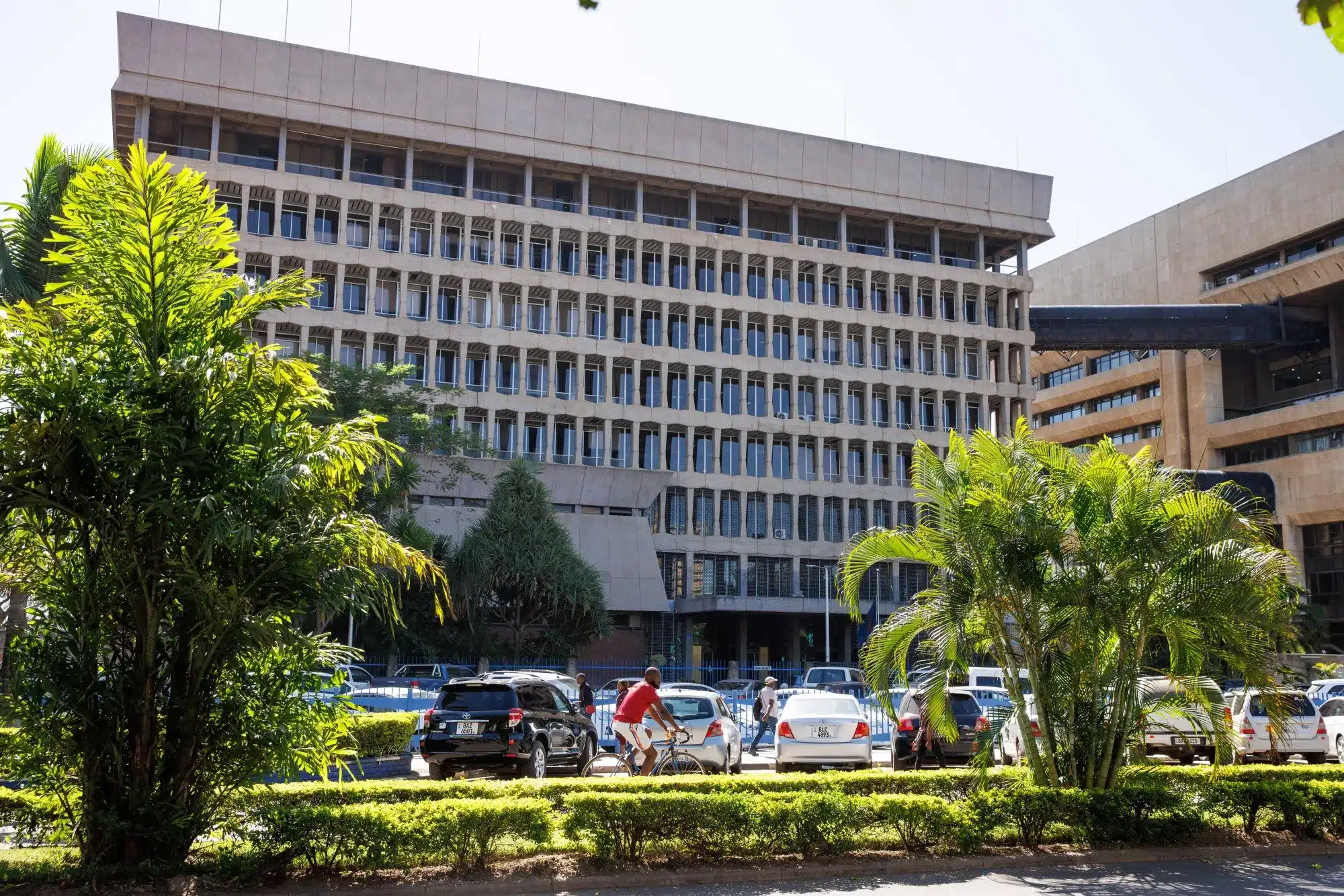South Africa’s economy posted a marginal expansion of 0.1% in the first quarter of 2025, according to new data released by Statistics South Africa on Tuesday, highlighting persistent structural weaknesses in key sectors.
The tepid growth figure matches the same quarter last year and comes after a slightly stronger 0.4% uptick recorded in the final quarter of 2024.
The subdued performance was largely dragged down by sharp contractions in mining and manufacturing — two of the country’s largest industries — which together shaved 0.4 percentage points off overall GDP growth.
Mining output fell by 4.1% in the three-month period, with platinum group metals leading the decline.
Other key minerals including coal, gold, chromium ore, copper, and nickel also registered weaker performance. While iron ore, manganese, and diamonds posted gains, they were insufficient to lift the sector out of negative territory.
Manufacturing was similarly underwhelming, held back by lower production in petroleum and chemicals, food and beverages, and transport equipment.
Of the ten manufacturing divisions tracked by Stats SA, only three recorded improved output: textiles and clothing; wood, paper and publishing; and professional equipment including electronics.
Agriculture provides key support amid industrial weakness
Despite the industrial slump, the economy managed to avoid a contraction thanks to strong gains in the agricultural sector.
Agriculture output jumped by 15.8% during the quarter, buoyed by good rainfall which supported horticulture and livestock production.
The sector contributed 0.4 percentage points to overall growth.
Without this lift, South Africa’s GDP would have contracted by 0.3%, the statistical office noted.
Transport, storage and communication services also supported growth, with land and air transport registering improvements.
Consumer activity was relatively resilient, as the trade, catering and accommodation industry expanded by 0.5%, reflecting modest increases in retail, food services, and hospitality.
However, the return of load shedding after a 310-day pause weighed heavily on electricity, gas, and water supply, which declined by 2.6%—the largest contraction since Q3 2022.
Reduced water consumption compounded the sector’s poor performance.
Political and global headwinds add pressure
The weak growth reading lands amid ongoing fiscal uncertainty.
South Africa’s Finance Ministry is now on the third draft of its 2025 budget after initial proposals were rejected by opposition parties in parliament.
Although the latest version incorporates suggested changes, investor confidence remains fragile.
Externally, the country is grappling with geopolitical pressures, including trade uncertainty linked to United States President Donald Trump’s tariff escalation.
These external shocks have contributed to muted trade sentiment and sluggish investment flows.
The latest data, however, offers some relief for the African nations governing coalition, especially following the National Treasury’s recent downgrade of its full-year growth forecast to 1.4%, from a previous estimate of 1.9%.
But with GDP growth still well below the pace needed to reduce unemployment or attract significant new investment, policymakers face rising pressure to accelerate reforms and stabilise the fiscal environment.
The government has pledged to unlock hiring and investment to lift an economy that has grown by less than 1% annually on average over the past decade.
However, without stronger industrial recovery and greater policy certainty, any sustained economic turnaround is likely to remain elusive.

